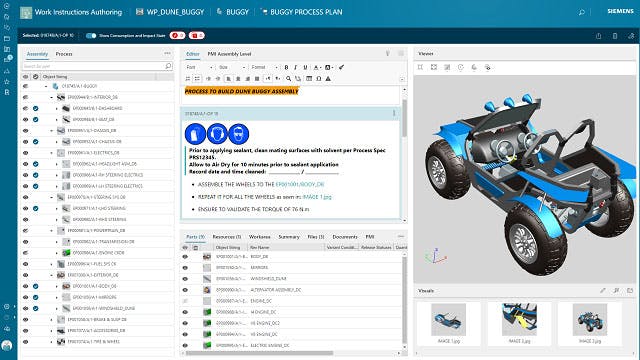DFS is a product lifecycle strategy that addresses a product’s serviceability attributes. These attributes, such as reliability, configuration, and ergonomics, directly affect the cost and efficacy of servicing the product. Design for service is a critical aspect of service lifecycle management (SLM), an integral part of product lifecycle management (PLM).
Service engineering specialists have come to realize that many of the product attributes that influence, assist, or hinder service are designed into the product. This means that the impact of these attributes on service execution continues through the product lifecycle. The purpose of a design for service is to deliberately include attributes in the design that positively affect service execution.
Product design for service offers a structured framework to help manufacturers determine the right balance of reliability and serviceability.
Related products: Teamcenter Service Lifecycle Management


